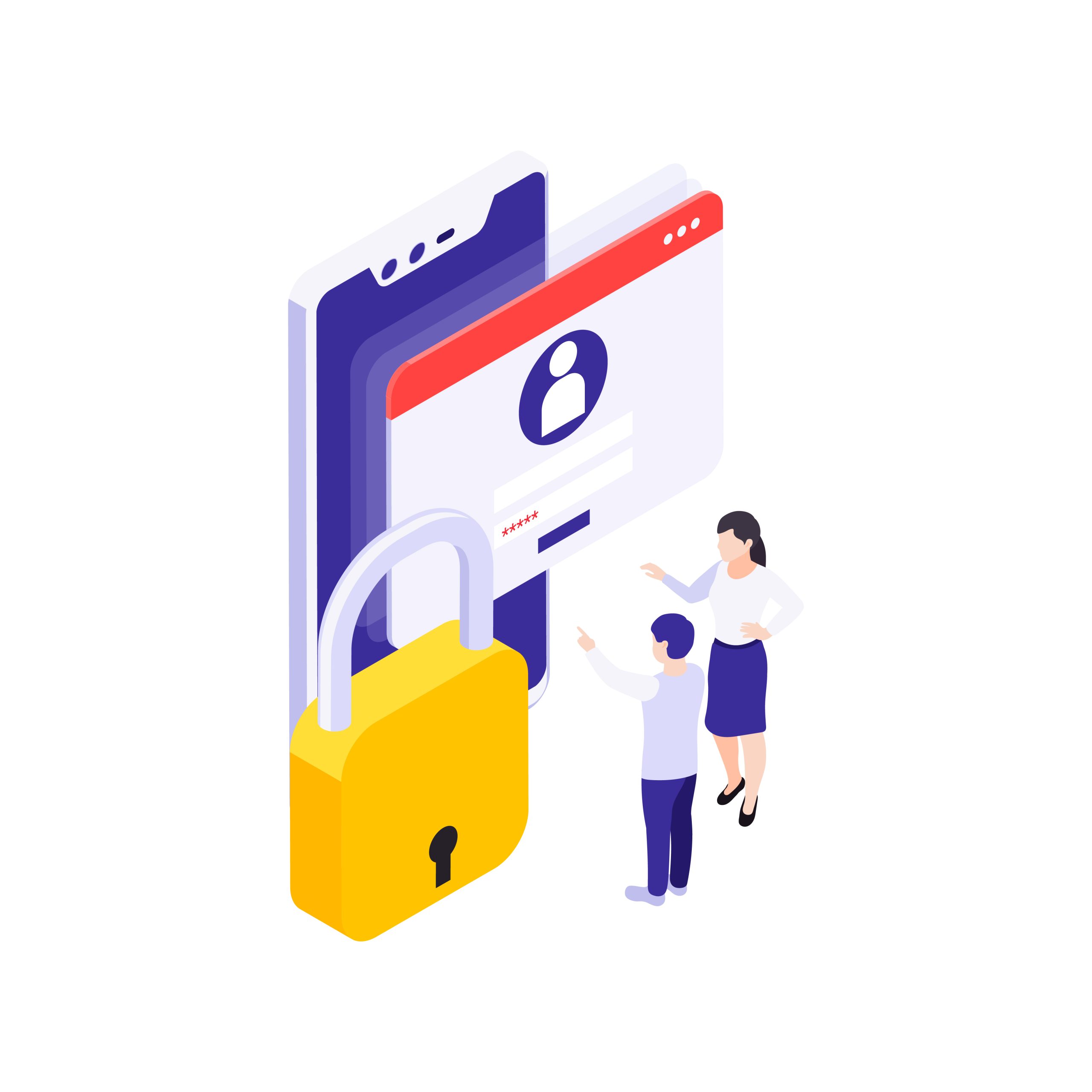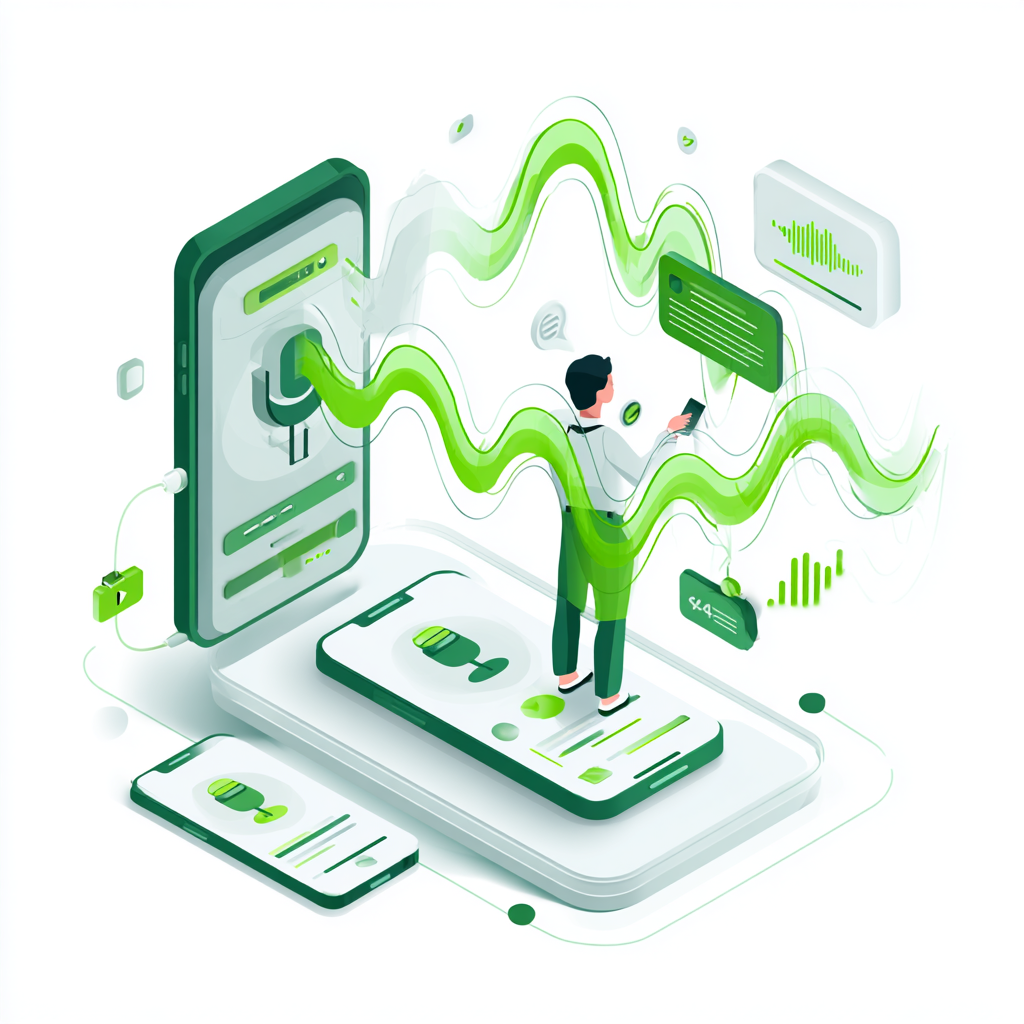In the modern era of digital business, the benefits of OTPs cannot be overstated. They have become an essential tool for small and medium-sized enterprises (SMEs) to secure their online presence. OTPs are unique passwords valid for only one login session or transaction, providing an extra layer of security beyond traditional passwords. Despite their usefulness, several common misconceptions about OTPs prevent SMEs from fully embracing their benefits. This blog post will explore these misconceptions and provide practical solutions for SMEs to address them.
What is an OTP, and how does it work?
One-time passwords (OTPs) are unique, temporary passwords valid for only a single login attempt or transaction. They offer an extra layer of security beyond traditional static passwords, making them increasingly popular for protecting online accounts.
Some recent advancements in OTP technology
Some of the recent advancements in OTP technology are:
1. Biometric authentication:
Biometric authentication is increasingly integrated with OTPs, leveraging unique biological traits like fingerprints or facial features for verification. This integration offers heightened security as biometric data is inherently tied to the individual, reducing the risk of unauthorized access.
Additionally, biometric authentication enhances convenience by eliminating the need to remember and input strong passwords or OTPs, streamlining the login process for users.
2. AI and ML for threat detection:
AI and ML technologies analyze vast amounts of data in real time, enabling the detection of fraudulent activities and potential security threats. By employing predictive analytics, these systems can proactively identify suspicious patterns or anomalies, preemptively mitigating security risks before they escalate. This proactive approach to threat detection enhances overall security by swiftly identifying and addressing vulnerabilities within the system.
3. User control of authentication methods:
Recognizing the importance of user preferences, there is a growing emphasis on providing individuals with control over their chosen authentication methods, including OTPs. Empowering users to select their preferred authentication methods enhances user experience and satisfaction by accommodating individual preferences and requirements.
This personalized approach to authentication fosters a sense of ownership and control, ultimately contributing to a more positive user experience.
4. Streamlined and user-friendly experience:
To enhance user experience beyond traditional OTP methods, there is a focus on developing streamlined and user-friendly authentication processes. Virtual Reality (VR) and Augmented Reality (AR) exemplify cutting-edge technologies that the latest technological advancements present opportunities to revolutionize user interaction by providing immersive and intuitive authentication experiences.
By leveraging AR and VR technologies, authentication processes can be more engaging, intuitive, and user-friendly, ultimately improving overall usability and adoption.
5. Integration with other technologies:
OTP technology is increasingly integrated with other emerging technologies to enhance security and user experience. For instance, Arkesel recently introduced a new OTP retrieval method utilizing USSD technology, expanding their existing suite of services beyond SMS and Voice methods. This innovative addition allows users facing issues with SMS delivery, such as a full inbox, to access their OTP codes conveniently via a specific USSD code.
The integration of USSD technology offers clients expanded options for OTP retrieval, ensuring quick and seamless authentication experiences. Arkesel has prioritized simplicity and integration, providing comprehensive documentation and support for implementing the new feature. This enhancement underscores Arkesel’s commitment to innovation and customer satisfaction, positioning it as a leader in authentication solutions. Integration with technologies such as blockchain, IoT (Internet of Things), and wearable devices further expands the scope and capabilities of OTPs, enabling secure authentication across various platforms and devices.
Benefits of OTPs and significance for SMEs
SMEs are particularly prone to cyber-attacks because of their constrained resources and lack of a specialized IT team. Hackers often target Small and Medium Enterprises (SMEs) because they know these businesses are less likely to have robust security measures. Therefore, SMEs must take proactive steps to secure their online operations, including using OTPs.
By implementing OTPs, SMEs can significantly mitigate the threat of unauthorized access to their online accounts and systems. OTPs are unique and generated for each login attempt, making them difficult to guess or reuse. This means that even if a hacker manages to steal a user’s password, they still cannot access the account without the OTP. Therefore, using OTPs provides SMEs with an additional layer of security essential for protecting sensitive data, such as customer information, financial records, and intellectual property. This addition emphasizes the importance of OTPs in enhancing security and reducing risks for businesses, especially SMEs. It highlights their effectiveness in safeguarding sensitive information against unauthorized access and cyber threats.
Misconceptions about OTPs and how to address them
Misconceptions about OTPs may arise due to misunderstandings or lack of information about their functionality and effectiveness. Here are some common misconceptions about OTPs and how to address them:
1. OTP security concerns:
Some users may believe OTPs need to be more secure to protect their accounts from unauthorized access. However, OTPs provide an additional layer of security beyond traditional passwords. They are unique, time-sensitive, and generated for each login attempt, making them highly resistant to unauthorized use, especially when combined with other authentication factors like biometrics.
2. Complexity and difficulty of use:
Users may perceive OTPs as complicated or challenging, leading to reluctance to adopt them. Yet, many systems offer user-friendly methods for receiving and entering OTPs, such as mobile apps or SMS delivery. Emphasizing the benefits of OTPs, such as increased security and protection against phishing attacks, can motivate users to embrace them.
3. Reliability and availability concerns:
Some users may need help with the reliability and availability of OTPs, mainly if they rely on SMS delivery, which can be affected by network issues or delays. Highlighting the various OTP delivery methods, such as mobile apps, hardware tokens, or email, can address these concerns. Encouraging users to choose alternative delivery methods that suit their preferences and ensure reliability is also essential.
4. Perceived inconvenience:
Users may view OTPs as inconvenient, particularly if they have to retrieve them frequently for multiple logins. However, emphasizing the balance between security and convenience can help users understand the importance of OTPs. While OTPs add an extra layer of security, they also enhance protection against unauthorized access and data breaches, especially for sensitive accounts or transactions.
5. Cost concerns:
Some users may need help with the cost associated with implementing OTPs, especially for businesses or organizations. Highlighting the cost-effectiveness of OTP solutions compared to potential losses from security breaches or data theft can address these concerns. Many OTP solutions are affordable and offer scalable options to accommodate varying business needs and budgets.
Conclusion
Refrain from letting misconceptions prevent you from using this vital security tool. Consider implementing OTPs today to protect your SME from potential cyberattacks. One-time passwords are essential in ensuring the security of our digital lives. We hope we have addressed some of the issues that can lead to confusion and compromise security in this blog. Always stay vigilant and secure your online presence with the help of one-time passwords. If you want an easy-to-use, reliable, secure one-time password service for your business or personal accounts, check out [email protected]





